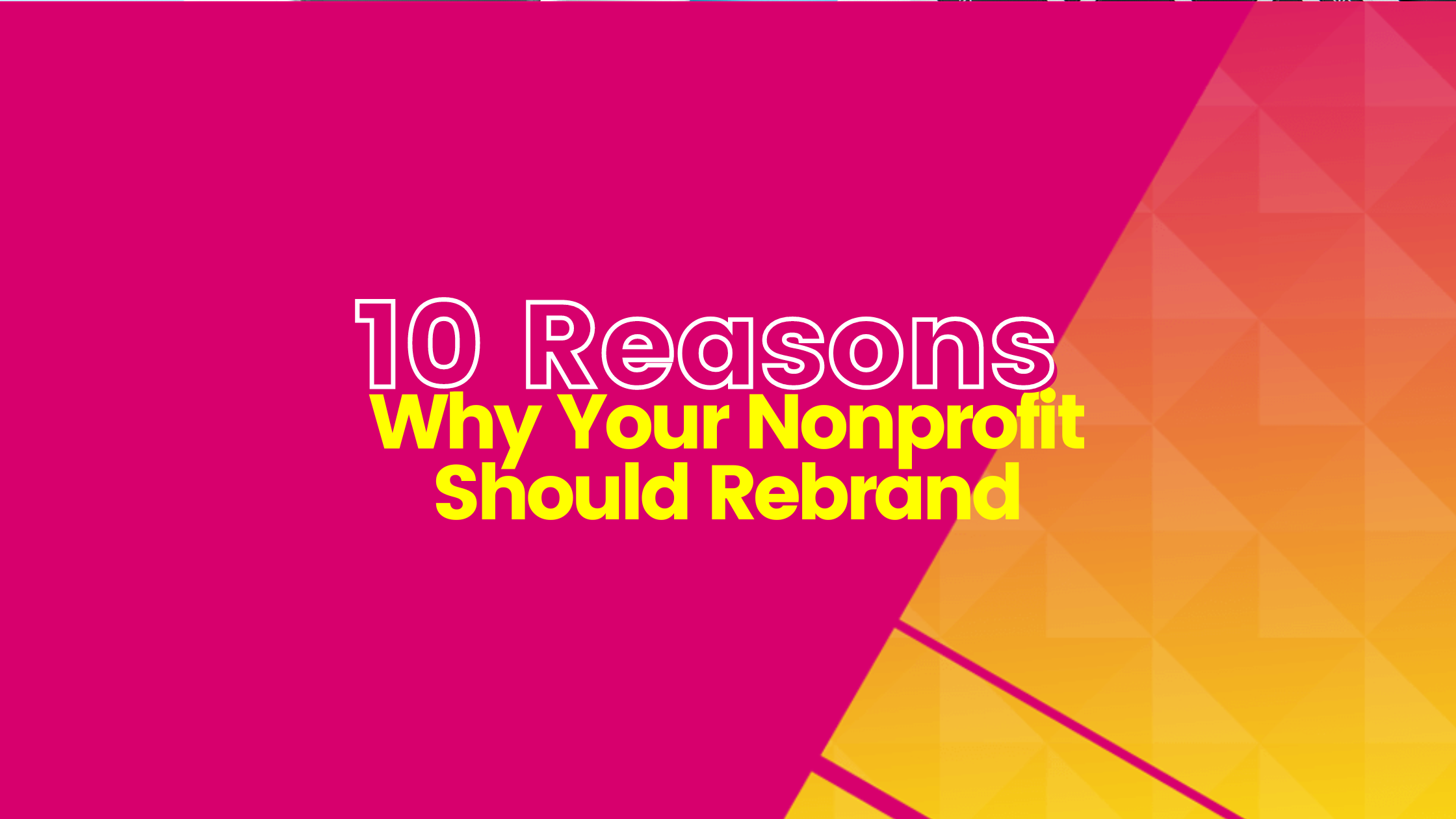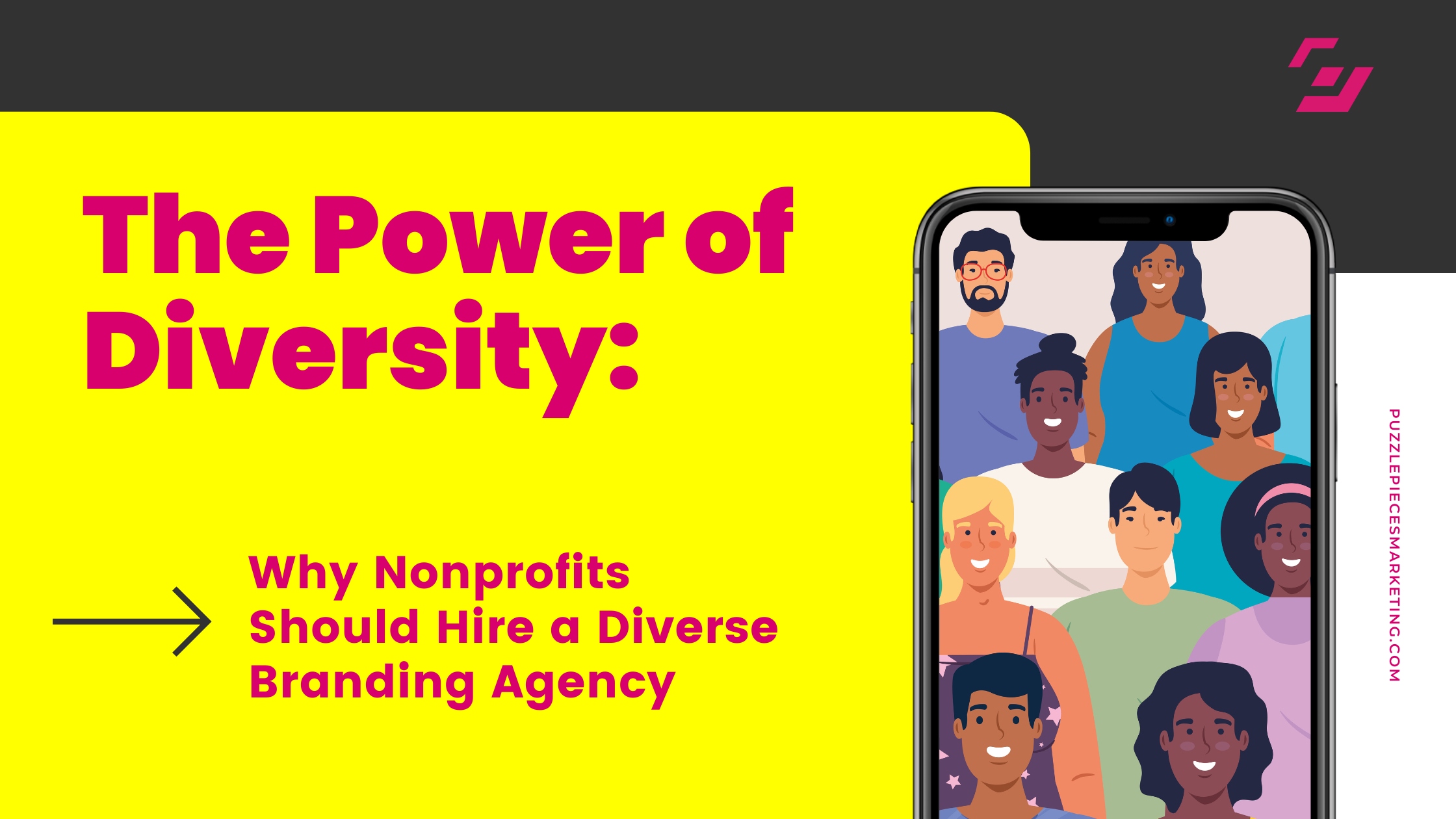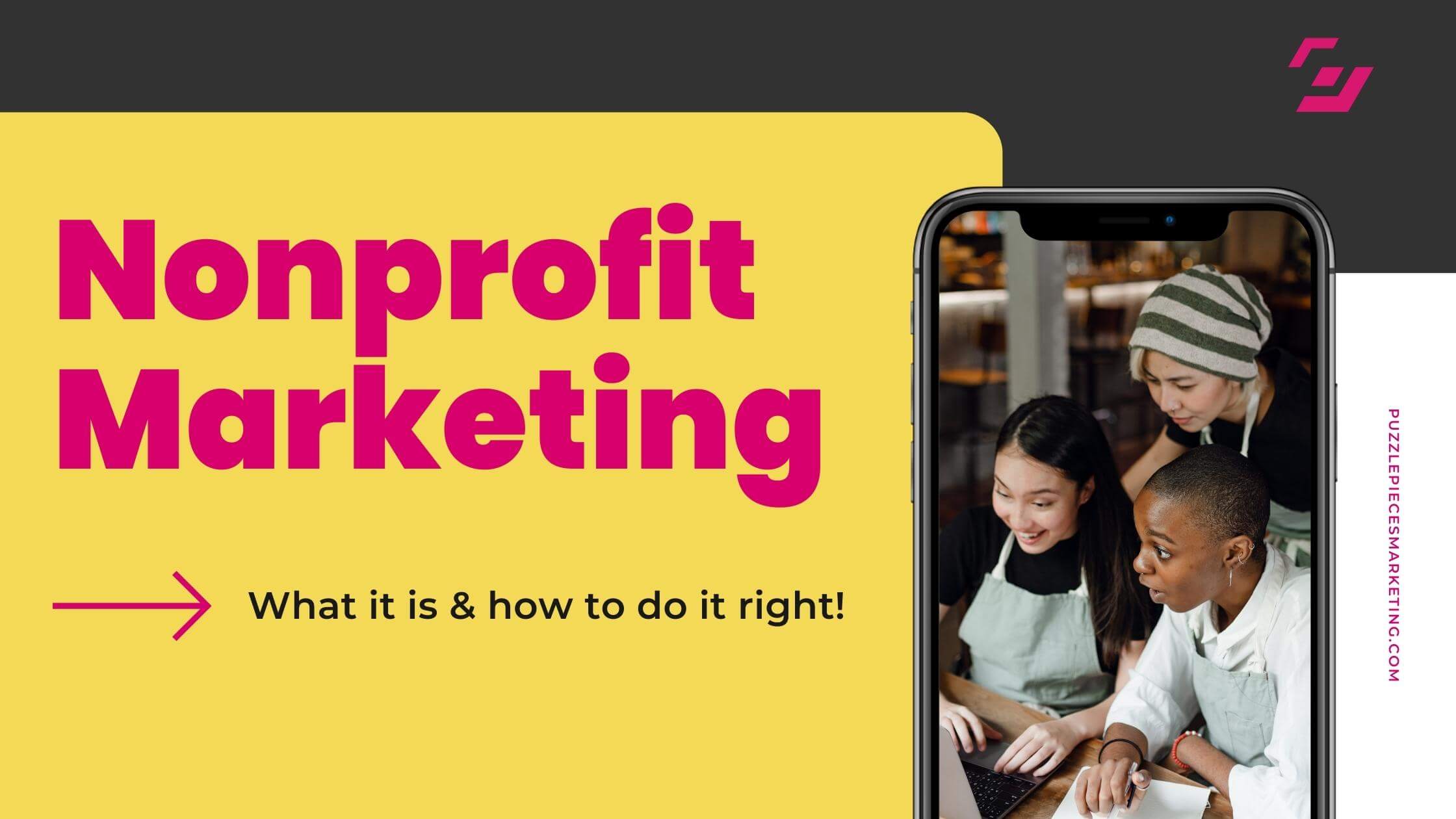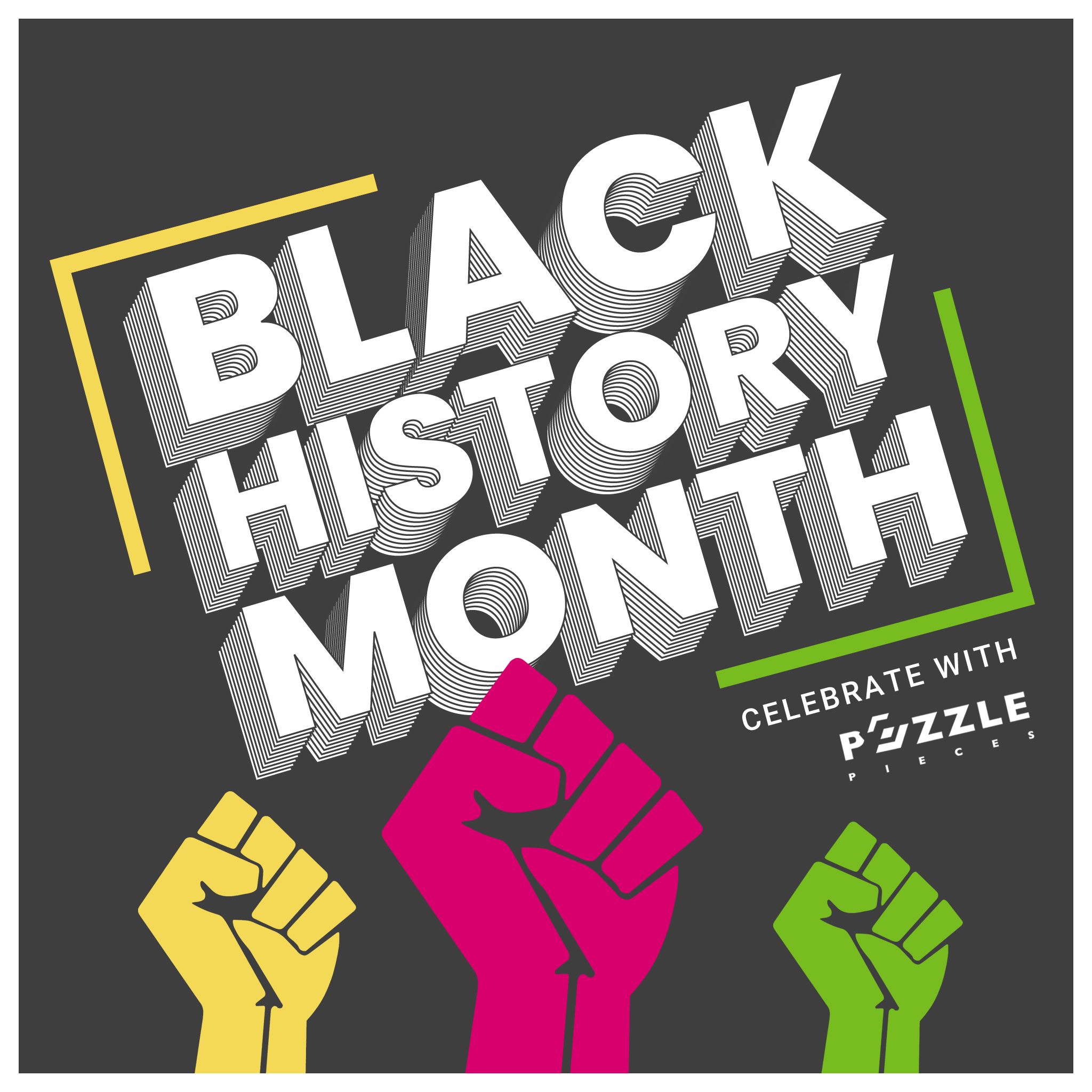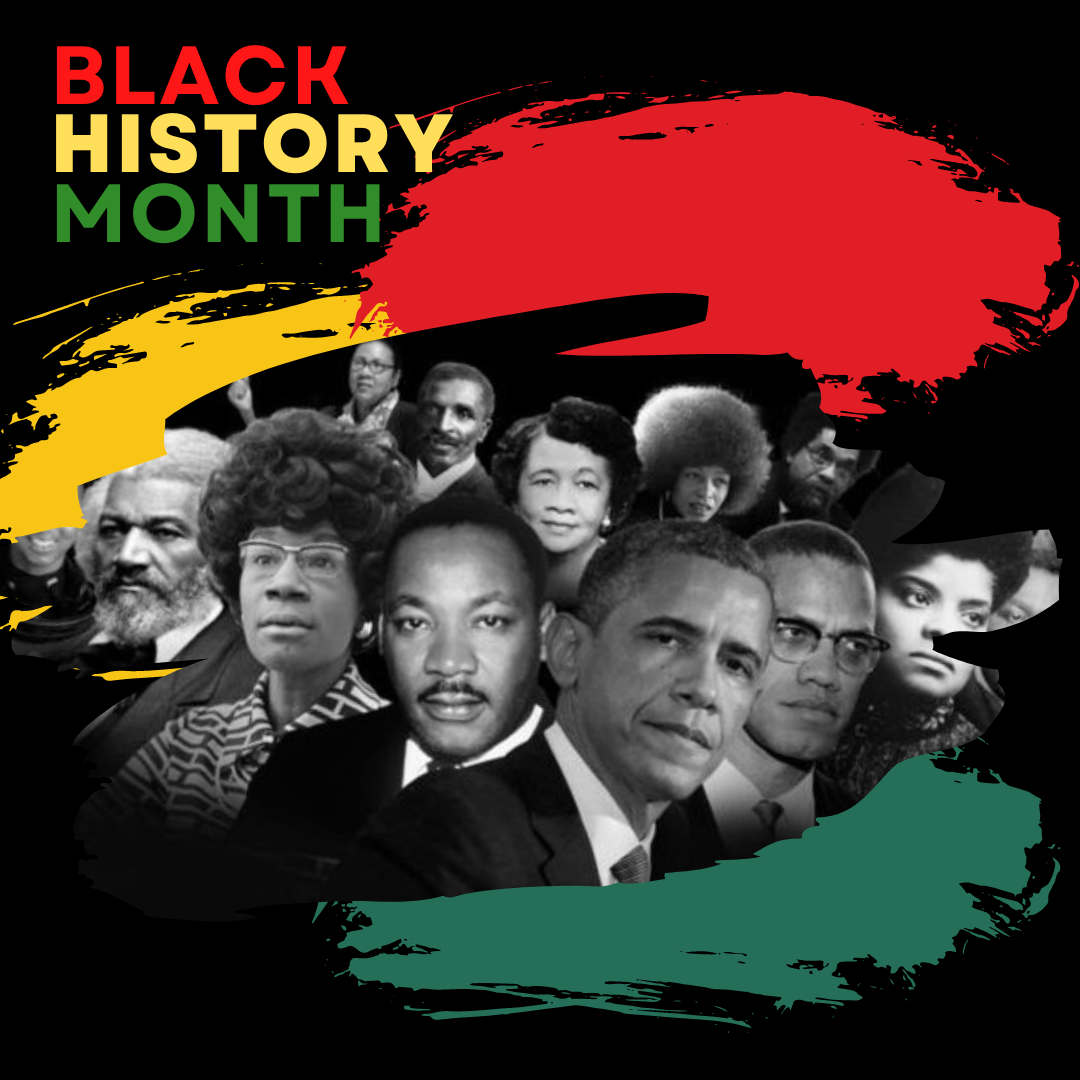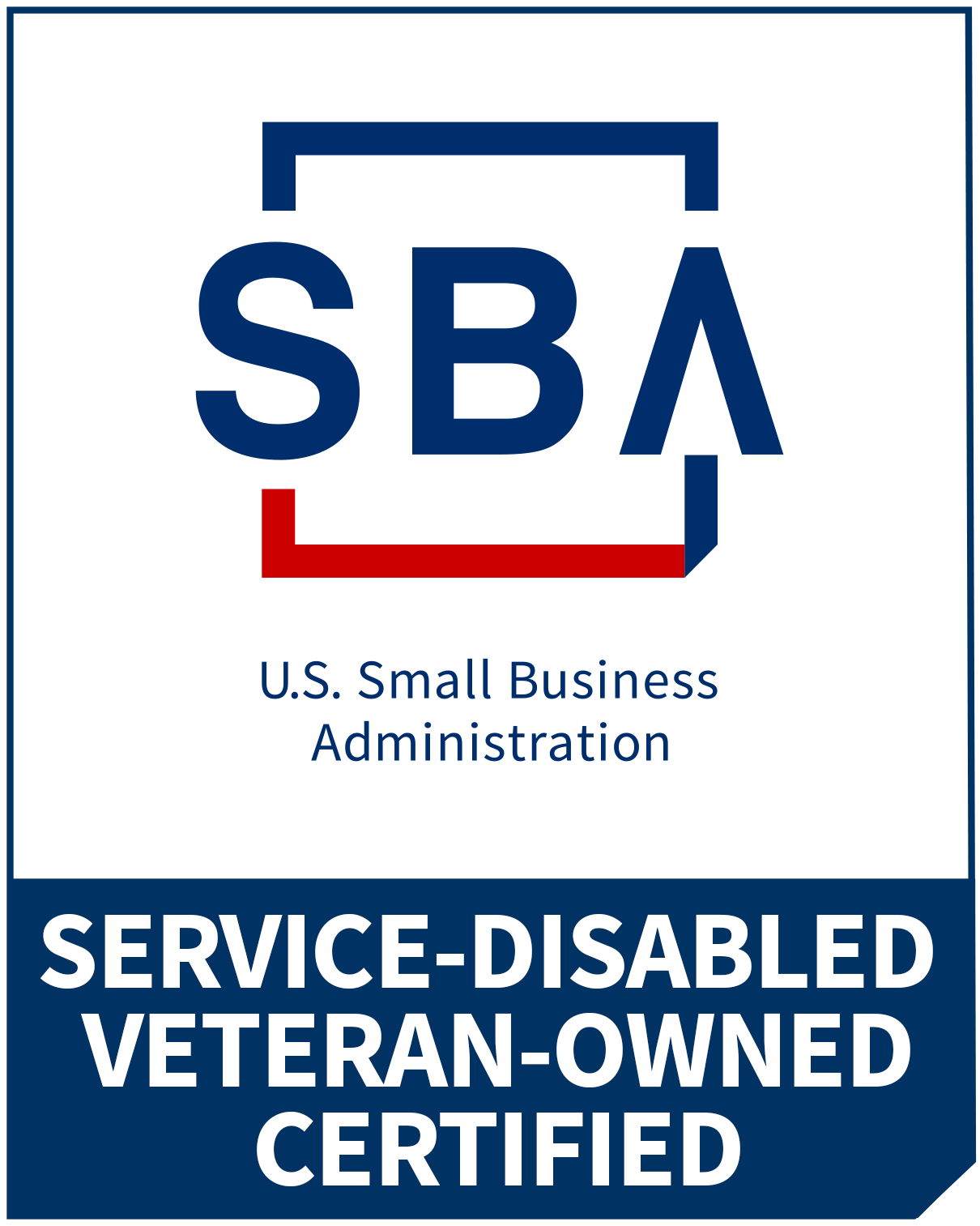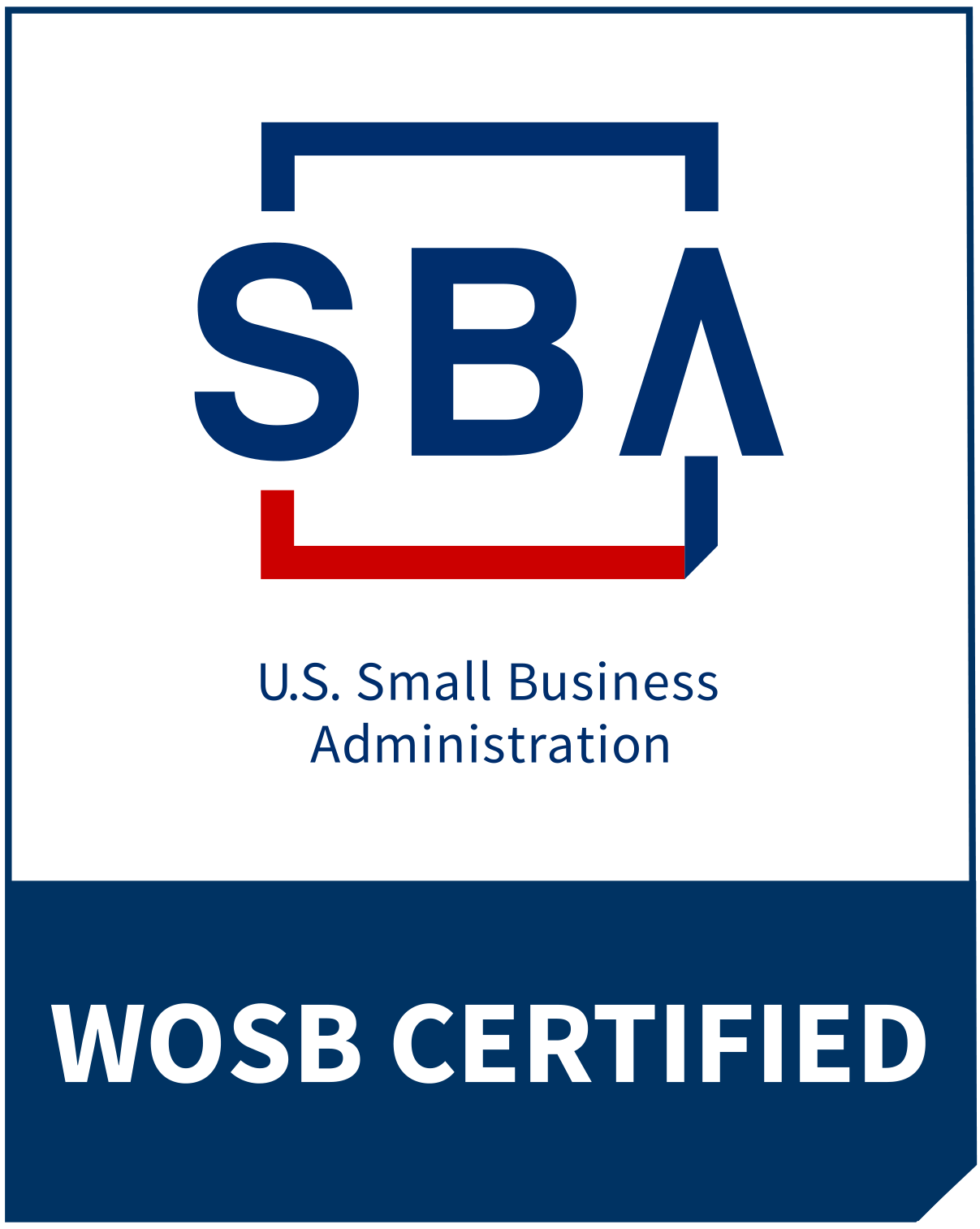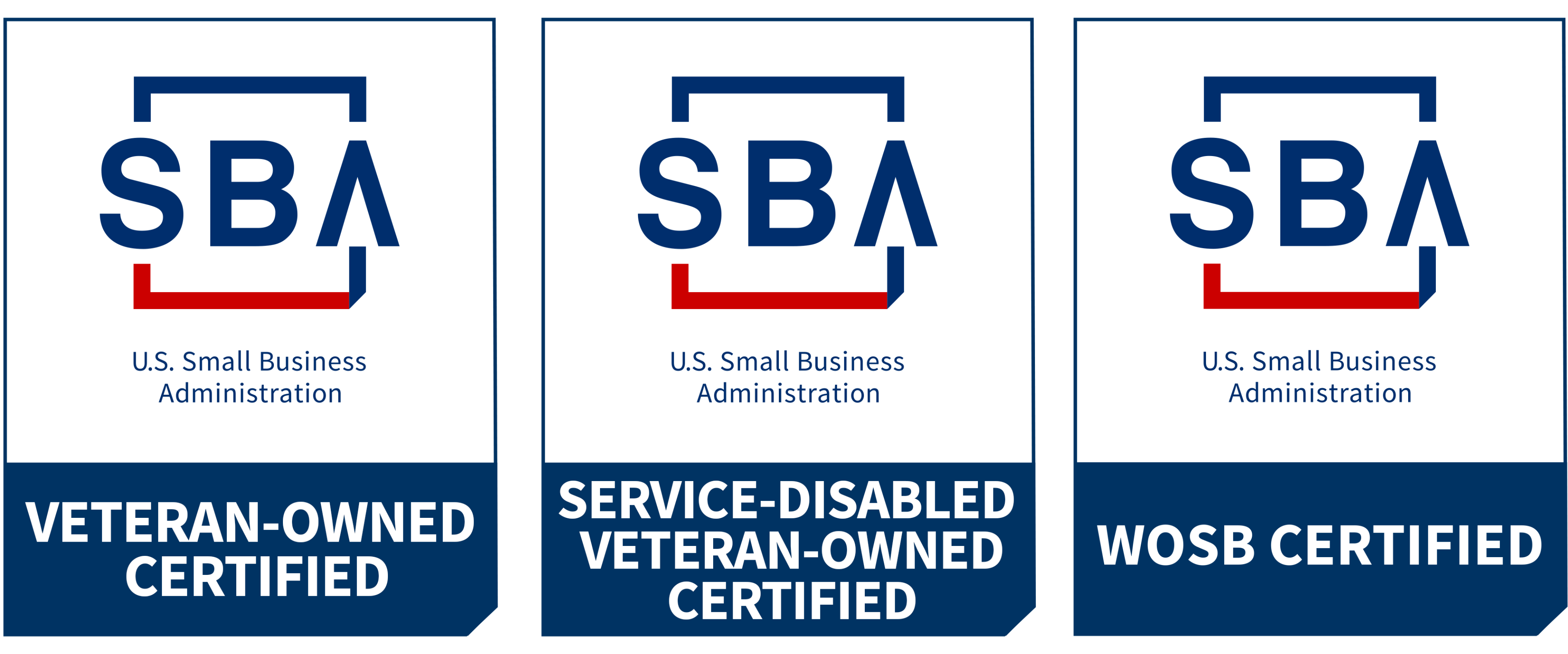Digital Marketing Terms Every Nonprofit Marketer Should Know
The work of the nonprofit marketer is slightly different from that of the regular marketer. While marketers seek to increase the sales and revenue generation for their business by putting out ads and various other marketing strategies, nonprofit marketers employ strategies to pass the organization’s message. Knowing the key digital marketing terms for nonprofit can help a roadmap to more volunteers and donations.
Nonprofit marketing also has a different goal: to promote the ideals of the organization and seek attention for/from potential donors and volunteers. But digital marketing can be a challenging process with the use of acronyms and complex vocabularies. Keeping up with the terminologies is one thing; combining this with the new platforms and technologies makes it more difficult for nonprofit marketers.
As a philosopher once said, “the limits of language only limit the mind. What you know is what you have words for.” This emphasizes the need to understand the prominent terminologies in nonprofit marketing. And that is why we are writing this article. We believe that you will be more productive and be able to do more if you understood standard digital marketing terms. This will ensure that you can help your organization fulfill its goal.
Search Engine Optimization (SEO)
This is a marketing tactic/strategy that we use to increase your website’s visibility within search engines such as Google, Yahoo, Bing, etc. the higher your website ranks within the search engine, the more visible it is. This will lead to more brand awareness and increased traffic on your website. The processes involved in SEO include factors such as creating high-quality content based on specific nonprofit topics, the authority of your website, website architecture, keywords, etc. 
SEO is like the backbone of your web content optimization. If you do it well, your website will rank well, but if your SEO is weak, your website will also rank poorly. There are plenty of online tools that you can use to maximize your SEO strategy. One such is Google AdWords, which provides you with keywords that are most relevant to the nonprofit industry. This will make your content more relevant to Google.
A/B Testing
We use this terminology to describe the process of weighing or comparing two different variations of the creative treatment of an offer to see which one would give a better result. Nonprofit marketers, for instance, can test this strategy on two Facebook ads with the same message but different images, or the same CTA with varying types of images. It could also be one blog post posted with two different headlines. You can also use it for your email campaigns to find out the more practical or higher click and open rate.
Call to Action (CTA)
 A call to action (CTA) is a line of text or an image prompting your leads and website visitors to take a specific action. Some everyday activities that require a CTA are donation, sign up, register, download, or subscribe. Ensure that your CTAs are simple and clear, and have an eye-catching design with a clear value proposition that can move people to act.
A call to action (CTA) is a line of text or an image prompting your leads and website visitors to take a specific action. Some everyday activities that require a CTA are donation, sign up, register, download, or subscribe. Ensure that your CTAs are simple and clear, and have an eye-catching design with a clear value proposition that can move people to act.
Your CTA would sometimes determine how well your content is doing since it requires the audience to act after reading through. Using CTAs properly would ensure that you can achieve your goal. You can either place the CTA at the center of a visual ad or the end of your article. You are likely to see an increase in response rate if you use the CTA well enough in your campaign.
Click-Through Rate (CTR)
 Click-through rate measures the percentage of people that clicked through an ad after they have viewed it. CTR = clicks per impressions. The more clicks an ad gets, the more relevant or engaging the ad or campaign is to the target audience.
Click-through rate measures the percentage of people that clicked through an ad after they have viewed it. CTR = clicks per impressions. The more clicks an ad gets, the more relevant or engaging the ad or campaign is to the target audience.
If you are a company representative or a nonprofit marketer, you will always need other people’s interaction with your content.
Your marketing effort should focus on those sets of people that go through different pages of content on your website. In this case, the click-through rate is the percentage of people that interacted with your content. The fact that they see your content does not mean that they do anything about it. CTR does not even include active participation. It is just people that clicked through a hyperlink, CTA, or link that you include in your marketing content.
Key Performance Indicators (KPI)
Key Performance Indicators refer to metrics that you can use to measure the success of your nonprofit marketing. They are usually specific, and you can compare them over time. For instance, an organization’s goal at a time might be to write more engaging blog posts. To check if they are successful at this, they can track this with a KPI. An ideal KPI to track this is the number of times guests spend on your page or blog post. If the average time spent on your blog post has increased, say from one minute to three minutes, this might indicate that the newer posts are more engaging than the older ones. This means that your effort has started to pay off.
The amount of measurable data determines the effectiveness of your advertising campaign that it produces. For your content or marketing strategy, you must make sure that you have KPIs that you can use to track the performance. This will give you an idea of how well you are doing in the market. You also know those places where you are not doing well enough and can strategize how to improve them.
Bounce Rate
Bounce rate is a term that defines the percentage of website visitors that leave the website after viewing just one page.
When a site has a high bounce rate, it might be issues with the website such as poor navigation, slow loading speed, poorly designed web pages, paid ads poorly targeted, etc. Like many other metrics, the bounce rate of a nonprofit website is crucial for nonprofit marketers.
Standard of Giving
Different marketing campaigns by nonprofit organizations target different prospective donors. The estimate of an individual’s potential giving power within a targeted group is known as the standard of giving.
There are several data points to establish this standard. Some of these are market research, past giving, and some other industry insights.
Return on Investment (ROI)
For any organization to survive, there has to be some form of income. While business organizations thrive on profit, nonprofit organizations also have to find a way to bring in some income. You might work as a volunteer for the organization and not get paid, but if the organization survives, it needs funds.

Return on Investment is a term in digital marketing that refers to every penny or the percentage of profits that you make on your marketing or advertisement investment. The fact that every dollar means a lot to a nonprofit organization makes Return on Investment very important.
Suppose you are sure that some more value from promo materials and ads than you pay for them, go ahead and buy them. Your ROI is not the money you paid for them. It is the money that you make from them.
Conversion Rate
Conversion rate refers to the percentage of your website visitors that completed the particular goal you want them to out of all your website visitors.
In nonprofit digital marketing, the conversion rate is the line between those that see your marketing campaign and those that took part in it. For nonprofit organizations, the goal might be to convert your website visitors into donors or volunteers. Those that participate willingly are the ones that are more likely to stick to your organization for a more extended period. You might have to find other means to target others or write them off as those who are not interested in what your organization does.
Engagement Rate
The engagement rate for nonprofit marketers has to do with the effectiveness of their content in getting the target audience’s desired response.
This content in question can be a social media ad or blog post about a fundraising campaign, or an annual giving and the engagement rate for this content is the measure of comments, clicks, likes, and shares that it gets.
You can make use of A/B testing to discover why some content will do better or have a higher engagement rate than the other. This will help you know what you need to do to replicate a campaign’s success in the future.
Conclusion
There is a wide range of digital marketing terminologies that nonprofit marketers have to imbibe into their everyday vocabulary.
The ones explained are some of the basic ones, and they are quite a few compared to the large number. It will help if the nonprofit marketer is open to learning new marketing terminologies and strategies and applying them where necessary in their marketing processes. This might help the success of your digital marketing.



